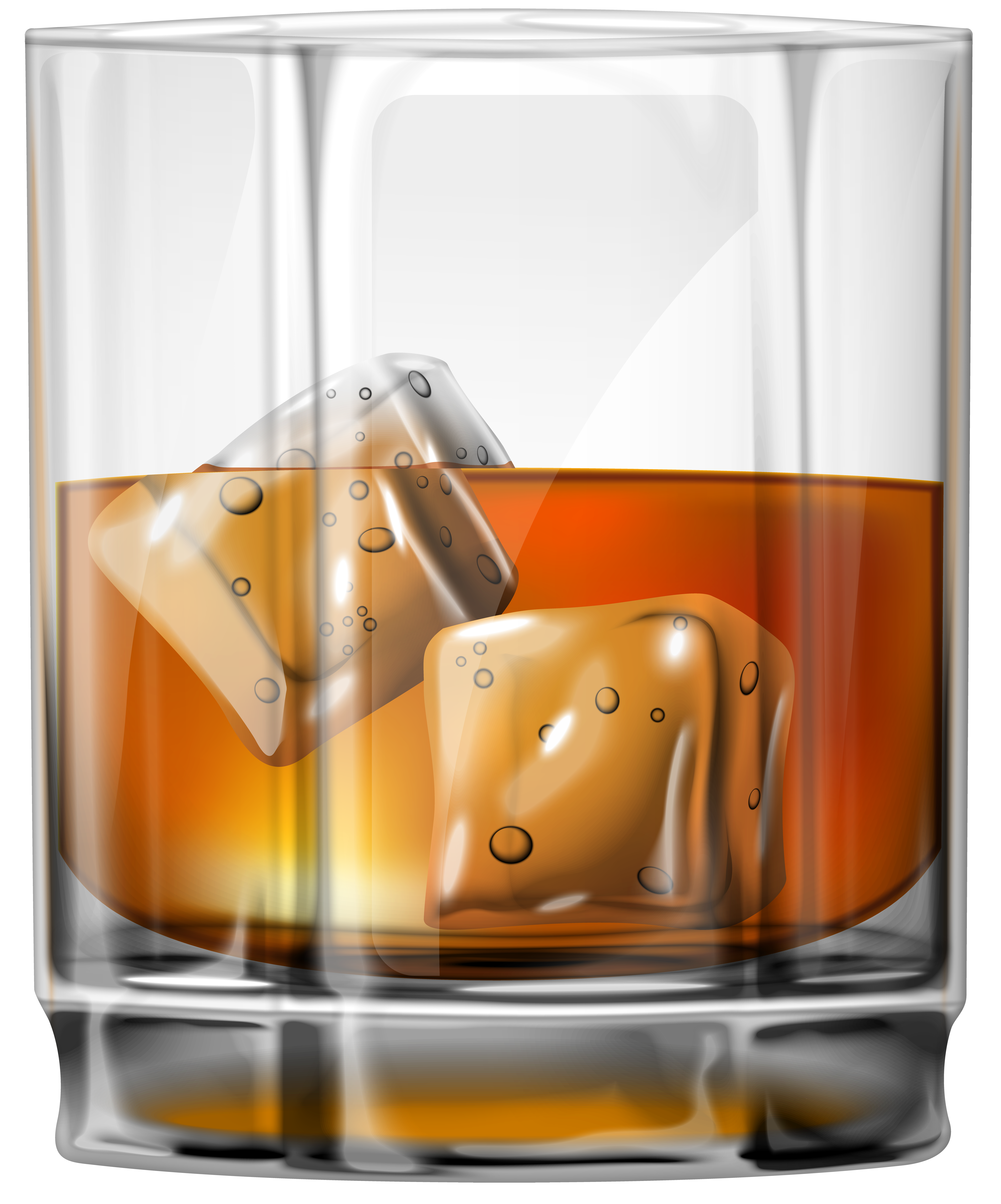
This image has format transparent PNG with resolution 5818x7000.
You can download this image in best resolution from this page and use it for design and web design.
Whisky, whiskey PNG with transparent background you can download for free, just click on download button.
Whisky or whiskey is a type of distilled alcoholic beverage made from fermented grain mash. Various grains (which may be malted) are used for different varieties, including barley, corn, rye, and wheat. Whisky is typically aged in wooden casks, generally made of charred white oak.
Whisky is a strictly regulated spirit worldwide with many classes and types. The typical unifying characteristics of the different classes and types are the fermentation of grains, distillation, and aging in wooden barrels.
A still for making whisky is usually made of copper, since it removes sulfur-based compounds from the alcohol that would make it unpleasant to drink. Modern stills are made of stainless steel with copper innards (piping, for example, will be lined with copper along with copper plate inlays along still walls). The simplest standard distillation apparatus is commonly known as a pot still, consisting of a single heated chamber and a vessel to collect purified alcohol.
Column stills are frequently used in the production of grain whisky and are the most commonly used type of still in the production of bourbon and other American whiskeys. Column stills behave like a series of single pot stills, formed in a long vertical tube. Whereas a single pot still charged with wine might yield a vapour enriched to 40–60% alcohol, a column still can achieve a vapour alcohol content of 95.6%; an azeotropic mixture of alcohol and water.
Whiskies do not mature in the bottle, only in the cask, so the "age" of a whisky is only the time between distillation and bottling. This reflects how much the cask has interacted with the whisky, changing its chemical makeup and taste. Whiskies that have been bottled for many years may have a rarity value, but are not "older" and not necessarily "better" than a more recent whisky that matured in wood for a similar time. After a decade or two, additional aging in a barrel does not necessarily improve a whisky.
While aging in wooden casks, especially American oak and French oak casks, whisky undergoes six processes that contribute to its final flavor: extraction, evaporation, oxidation, concentration, filtration, and colouration. Extraction in particular results in whisky acquiring a number of compounds, including aldehydes and acids such as vanillin, vanillic acid, and syringaldehyde. Distillers will sometimes age their whiskey in barrels previously used to age other spirits, such as rum or sherry, to impart particular flavours.
Whisky is probably the best known of Scotland's manufactured products. Exports have increased by 87% in the decade to 2012 and it contributes over 4.25 billion to the UK economy, making up a quarter of all its food and drink revenues. In 2012, the US was the largest market for Scotch whisky (?655 million), followed by France (535 million). It is also one of the UK's overall top five manufacturing export earners and it supports around 35,000 jobs. Principal whisky producing areas include Speyside and the Isle of Islay, where there are eight distilleries providing a major source of employment. In many places, the industry is closely linked to tourism, with many distilleries also functioning as attractions worth ?30 million GVA each year.
In 2011, 70% of Canadian whisky was exported, with about 60% going to the US, and the rest mostly to Europe and Asia. 15 million cases of Canadian whisky were sold in the US in 2011.
Whiskies and other distilled beverages, such as cognac and rum, are complex beverages that contain a vast range of flavouring compounds, of which some 200 to 300 are easily detected by chemical analysis. The flavouring chemicals include "carbonyl compounds, alcohols, carboxylic acids and their esters, nitrogen- and sulphur-containing compounds, tannins, and other polyphenolic compounds, terpenes, and oxygen-containing, heterocyclic compounds" and esters of fatty acids. The nitrogen compounds include pyridines, picolines and pyrazines. The sulfur compounds include thiophenes and polysulfides which seem to contribute to whiskey's roasted character.
The flavouring of whisky is partially determined by the presence of congeners and fusel oils. Fusel oils are higher alcohols than ethanol, are mildly toxic, and have a strong, disagreeable smell and taste. An excess of fusel oils in whisky is considered a defect. A variety of methods are employed in the distillation process to remove unwanted fusel oils. Traditionally, American distillers focused on secondary filtration using charcoal, gravel, sand, or linen to remove undesired distillates.
Acetals are rapidly formed in distillates and a great many are found in distilled beverages, the most prominent being acetaldehyde diethyl acetal (1,1-diethoxyethane). Among whiskies the highest levels are associated with malt whisky. This acetal is a principal flavour compound in sherry, and contributes fruitiness to the aroma.
The diketone diacetyl (2,3-butanedione) has a buttery aroma and is present in almost all distilled beverages. Whiskies and cognacs typically contain more of this than vodkas, but significantly less than rums or brandies.
Polysulfides and thiophenes enter whiskey through the distillation process and contribute to its roasted flavor.
In this page you can download free PNG images: Whisky PNG images free download